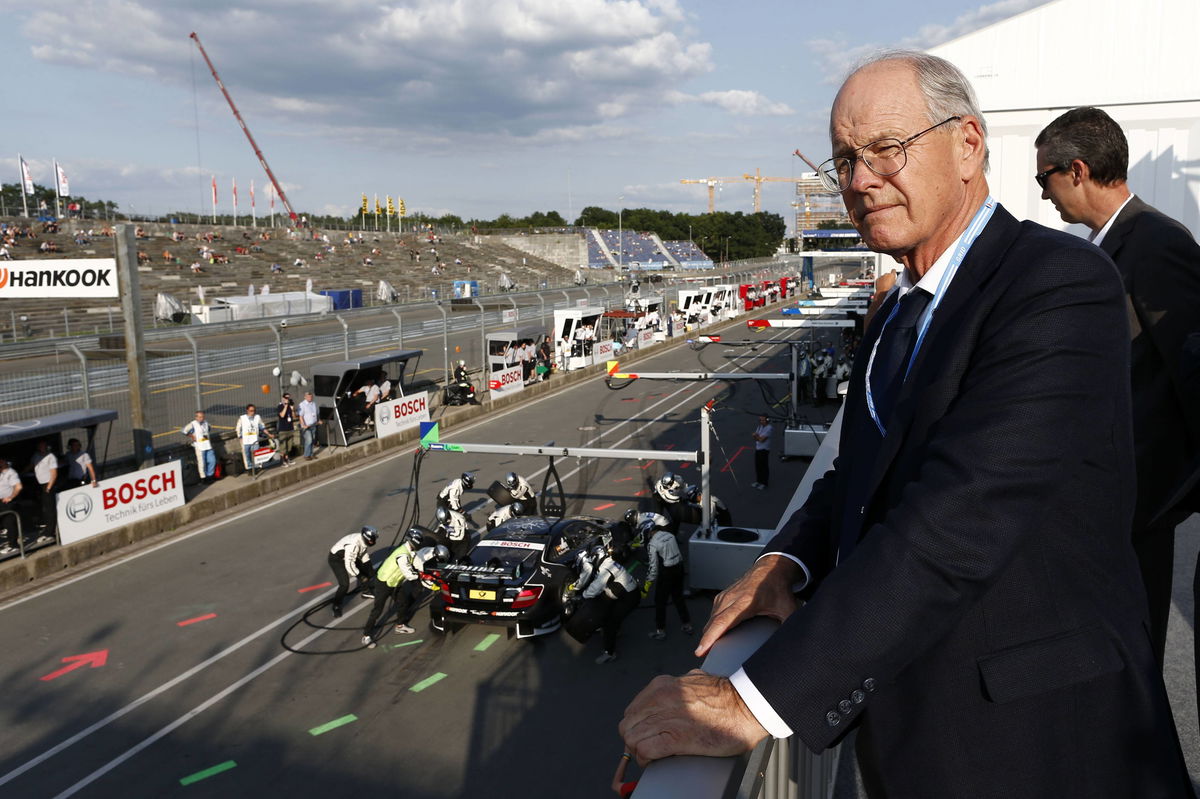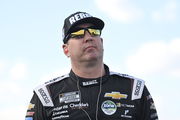
Imago
Bildnummer: 13973256 Datum: 12.07.2013 Copyright: imago/HochZwei Motorsports / DTM: german touring cars championship 2013, 5. Race at Nuernberg, Norisring, Jim France (NASCAR, Grand AM) xHOCHxZWEIx/xJuergenxTapx ; Motorsport DTM Nürnberg Norisring xcb x0x 2013 quer Motorsport – motor Partner01 Weltmeisterschaft – World Championship DTM – Deutsche Tourenwagen Meisterschaft Meisterschaft – championship Rennen – Race Randszene – side issue Randmotiv Image number 13973256 date 12 07 2013 Copyright imago Motorsports DTM German Touring Cars Championship 2013 5 Race AT Nuernberg Norisring Jim France Nascar Grand at xHOCHxZWEIx motor aviation DTM Nuremberg Norisring x0x 2013 horizontal motor aviation Engine World Cup World Championship DTM German Touring Car Championship Championship Championship Race Race Edge scene Side Issue Rand motive

Imago
Bildnummer: 13973256 Datum: 12.07.2013 Copyright: imago/HochZwei Motorsports / DTM: german touring cars championship 2013, 5. Race at Nuernberg, Norisring, Jim France (NASCAR, Grand AM) xHOCHxZWEIx/xJuergenxTapx ; Motorsport DTM Nürnberg Norisring xcb x0x 2013 quer Motorsport – motor Partner01 Weltmeisterschaft – World Championship DTM – Deutsche Tourenwagen Meisterschaft Meisterschaft – championship Rennen – Race Randszene – side issue Randmotiv Image number 13973256 date 12 07 2013 Copyright imago Motorsports DTM German Touring Cars Championship 2013 5 Race AT Nuernberg Norisring Jim France Nascar Grand at xHOCHxZWEIx motor aviation DTM Nuremberg Norisring x0x 2013 horizontal motor aviation Engine World Cup World Championship DTM German Touring Car Championship Championship Championship Race Race Edge scene Side Issue Rand motive
Few sports in America are as closely tied to one family as NASCAR. While the likes of the NFL, MLB, and the NBA are governed by boards, commissioners, and owners who share the power, stock car racing’s three national series have always been firmly in control of the France family. But even though the industry is expanding globally and becoming more transparent, NASCAR’s family-run model continues to raise eyebrows
Watch What’s Trending Now!
It all started with Bill France Sr., when he wanted to not only legitimize the competition but also build a lasting business along the way. Fair to say that he succeeded.
The France family didn’t just build a sanctioning body, but created an enterprise that controlled the rules, events, and facilities.
ADVERTISEMENT
Bill Sr. to Bill Jr. to Brian, and now Jim France
NASCAR entered a new era when Bill France Sr. passed the baton to his son, Bill France Jr., in the early 1970s. Just like his father, Junior expanded and even brought Winston on board as a title sponsor in 1971 and helped transition the stock car racing from its Southern roots to become a mainstream American sport. However, it wasn’t all smooth sailing when the third generation took over.
Brian France took over in 2003, and he was determined to modernize the sport for a new era.
ADVERTISEMENT
- Introduced the playoff-style championship format and the controversial ‘Car of Tomorrow’.
- Expansion into new markets in California and Chicago
But while these moves were made to expand the sport, they did alienate a significant chunk of the long-term fans. Attendances began to decline, and the on-track product didn’t win over stock car racing enthusiasts. His abrupt exit in 2018 after a scandal didn’t help matters, as the sport desperately looked for stability.
ADVERTISEMENT
Since then, Bill France Sr’s younger son, Jim France, has also taken some major steps to grow the sport. He merged the International Speedway Corporation back into NASCAR and took control over many tracks. While he isn’t the most ‘public’ personality, Jim France has restored a sense of order and has focused on making the sport sustainable rather than bringing sweeping changes.
Top Stories
‘NASCAR on Sale’: Team Owners Interested to Buy Out France Family With $5B Price Tag

Kyle Busch Hits Rock Bottom as Snowball Derby Nightmare Sparks Wave of Fan Sympathy

NASCAR Driver Left Helpless for 2026 as Chevy Drops the Axe on Daytona Winning Star

Kyle Larson Reveals Rick Hendrick’s Pet Peeve While Roasting His On-Track Blunders

Snowball Derby Rocked by Conspiracy Theories as NASCAR Driver Forced to Abandon Race

NASCAR’s business model
Owning tracks such as Daytona, Talladega, and Phoenix gives NASCAR leverage over how the sport is run. Few other sports in the world have so much control over every aspect of the race operations.
ADVERTISEMENT
That’s a sharp contrast to the models used by the NFL, NBA, or Major League Baseball, where team owners collectively govern and share revenue. It’s also very different from Formula 1, which Liberty Media oversees. NASCAR has a centralized structure, enabling it to make quick decisions without being accountable to other stakeholders. But such an ownership model often comes at the cost of transparency.

ADVERTISEMENT
Commercialization and its consequences
From the earliest days, the sport has incorporated sponsorship as part of its identity. And, this model turned the stock car racing series into one of the most sponsor-driven sports in the world.
ADVERTISEMENT
Particularly in the 1990s and 2000s, major brands invested in the sport. And, NASCAR used that capital to expand into new markets, build a presence in Los Angeles, Chicago, and other major cities, even if it came at the expense of its core Southern fanbase.
The future of NASCAR Inc.
While the next generation of the family has been involved in various ways, there is no clear successor in line as the face for NASCAR’s future. Naturally, rumors are circulating about who will replace the current chairman and CEO, and if the family will be able to maintain control of the stock car racing series indefinitely.
ADVERTISEMENT
According to some in the industry, outside investment could eventually become a part of NASCAR, or the family might even consider a sale if the sport ends up requiring sources beyond what the family can provide.
But the big question is, can the France family remain competitive in the global sports landscape despite being on a leash? Formula 1 has raised the stakes, especially on an international level, and now the ball is in NASCAR’s court to follow suit. But the sport also has a big decision to make in terms of the ownership structure. Is the France family NASCAR’s biggest asset or greatest liability?
ADVERTISEMENT
Conclusion
NASCAR finds itself at a crossroads. On one hand, the France family’s leadership has led to one of the most successful sports empires in America, attracting billions in sponsorships and media rights. But that very control may be holding back NASCAR in the long run, especially in an era of global expansion and increased expectations from fans.
ADVERTISEMENT
ADVERTISEMENT
ADVERTISEMENT

